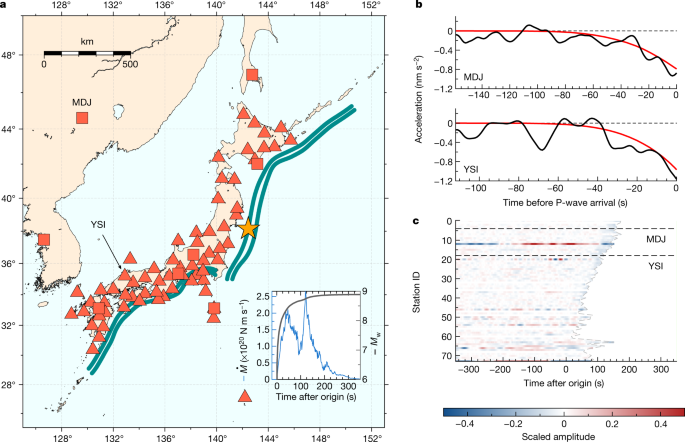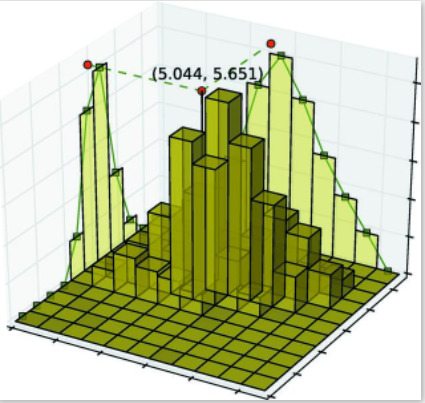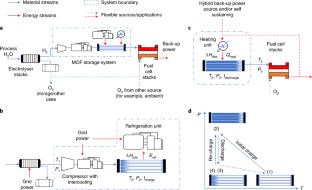ディープラーニングモデルを学習させ、巨大地震の規模をリアルタイムで評価 Deep-learning models can be trained to assess the magnitude of mega earthquakes in real time
2022-05-12 ロスアラモス国立研究所(LANL)
5月11日発行のNature誌に掲載された新しい研究で、研究チームは、超巨大地震に関連して長く理論化されてきた重力波が、地震の早期警報にも利用できることを発見しました。地震波による早期警報とは異なり、重力波による早期警報はマグニチュードによって飽和しないため、重力波による地震早期警報はマグニチュード8と9の地震を即座に区別することができる。
<関連情報>
エラストグラビティ信号による地震成長の瞬間的追跡 Instantaneous tracking of earthquake growth with elastogravity signals
Andrea Licciardi,Quentin Bletery,Bertrand Rouet-Leduc,Jean-Paul Ampuero & Kévin Juhel
Nature Published: 11 May 2022
DOI:https://doi.org/10.1038/s41586-022-04672-7

Abstract
Rapid and reliable estimation of large earthquake magnitude (above 8) is key to mitigating the risks associated with strong shaking and tsunamis1. Standard early warning systems based on seismic waves fail to rapidly estimate the size of such large earthquakes2,3,4,5. Geodesy-based approaches provide better estimations, but are also subject to large uncertainties and latency associated with the slowness of seismic waves. Recently discovered speed-of-light prompt elastogravity signals (PEGS) have raised hopes that these limitations may be overcome6,7, but have not been tested for operational early warning. Here we show that PEGS can be used in real time to track earthquake growth instantaneously after the event reaches a certain magnitude. We develop a deep learning model that leverages the information carried by PEGS recorded by regional broadband seismometers in Japan before the arrival of seismic waves. After training on a database of synthetic waveforms augmented with empirical noise, we show that the algorithm can instantaneously track an earthquake source time function on real data. Our model unlocks ‘true real-time’ access to the rupture evolution of large earthquakes using a portion of seismograms that is routinely treated as noise, and can be immediately transformative for tsunami early warning.



